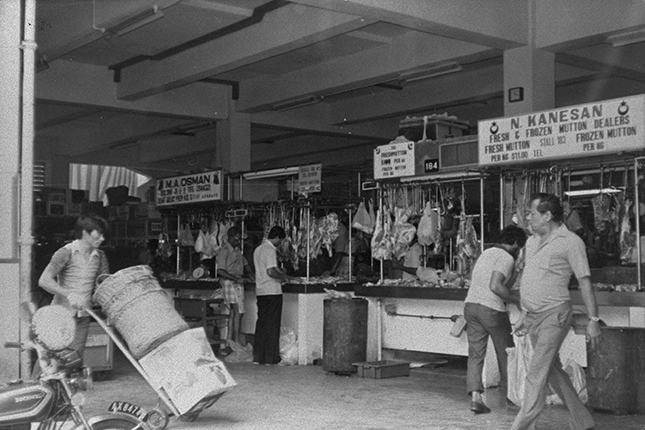Built in 1900, the former house of Tan Teng Niah is the last surviving Chinese villa in Little India. It embodies an often overlooked story of the days when small Chinese industries operated alongside the cattle and rattan businesses at Little India. Tan Teng Niah was a towkay(Chinese businessman of good standing) who owned several sweet-making factories along Serangoon Road that used sugarcane to produce sweets. Behind the house, Tan had a rubber smoke-house for drying rubber which used the by-products of sugarcane as fuel for its furnace.
The former house of Tan Teng Niah has eight rooms. The second storey overhangs the first to create a five-foot way (five feet wide covered pedestrian walkway) where there was once an entrance portico. On both sides of the house, there used to be carriage gates leading into a courtyard.
The pintu pagar (Malay for “swinging wooden half doors”) is richly carved and the front room of the house is resplendent with wall scrolls. Over the entrance door is a gilded name plate with the calligraphic inscription Siew Song (“elegant pine” or “refined pine” in Mandarin). To the Chinese, pine denotes endurance and expresses their aspirations. Many believe that Tan built the house for his wife and that the inscription referred to her.The house was restored and conserved in the 1980s for commercial use, and the restoration project was awarded the Singapore Institute of Architects Honourable Mention in 1991.















